
Electronic Equipment Safety Testing
What is safety regULation?
Simply put, safety regulation certification, also known as electrical safety testing, is a certification for the safety of product users and the protection of environmental safety! Each country has its own certification requirements, andproducts must meet national requirements before they can enter the market for sale. As people's consumption concepts become higher, they no longer blindly pursue high-function and low-priced products, but pay more attention to the safety of the products themselves. How to buy products that are of qualified quality and harmless has become the first consideration for consumers!
What is LVD?
LVD is the abbreviation of "low voltage directive", which is called Low Voltage Directive ( 2006/95/EC) . Its regulation range is electrical products with AC voltage between 50 volts and 1000 volts and DC voltage between 75 volts and 1500 volts.
Common safety standards:
Household appliances: (EN 60335, iec 60335, UL 507, UL 1026, UL 1082, UL 1083, UL982, UL 499, ul 1647)
IT Information Technology: ( EN 60950, IEC 60950, GB60950, UL 60950)
AV audio and video: ( en 60065, IEC 60065, UL 6500, UL 1492)
Lighting: (EN 60598, iec 60598, UL 153, 1571, UL1993)
Power supply products: (EN 61558, IEC 61558)
Mechanical products : (EN 60204)
Medical device products: (GB 9706.1) ( GB4793.1) (YY0648)
Laboratory instruments (GB4793.1) (YY0648)
Safety Test | |
Test items | Test instruction |
Pressure test | Determine whether the internal insulation material or components of the product will break down under high voltage conditions. If it does not break down, it passes, and if it does break down, it fails. |
Abnormal testing | Determine whether the product can be used without safety hazards when it is not in normal use (short circuit or open circuit). |
Vibration Testing | Determine whether the product parts are loose after the sweep frequency vibration durability treatment, which may endanger the safety of the parts. |
Temperature rise test | Determine whether the temperature of the product meets the standard requirements under normal and abnormal use, and whether there is no danger of overheating or product combustion. |
Ball pressure test | Determine whether the plastic material of the product is hard and whether it will soften and cause danger if exposed to abnormal heat for a long time. |
Glow Wire Test | Determine whether the non-metallic parts of the product are resistant to ignition and the spread of heat. |
Leakage current test | Determine whether the leakage current of the product coupled from the AC power supply or certain lines to the surface that the user can touch meets the standard requirements. |
Mechanical strength test | When the product is in use, it can still effectively provide mechanical/electrical protection when suddenly subjected to external forces, and will not cause any danger. |
Power cord fixing seat and tensile test | Determine whether the connection between the product and the power cord is firm, mainly for non-detachable power cords. |
Torque test | The external lead of the test product is often bent and deformed by external forces during use. The wire can withstand the bending times to determine whether it will break due to external forces during the product life cycle. |
Stability test | During normal use, the product is subjected to various external forces. For example, if you lean on it or climb on it during maintenance, it may cause dangers such as collaPSE or overturning of the equipment. |
High temperature and humidity test | The test product may be used in harsh environments of high temperature and high humidity in the future to determine whether the internal circuit design and materials are reliable and whether insulation collapse will occur. |
Power Limitation Test | Determine whether the power supply terminal meets the requirements of limited power supply, and determine whether the poweRED components or products can be used without fireproof enclosures. |
Working voltage test | When the product is working normally, the operating voltage difference between the primary side and the secondary side is tested, and the peak (Vpeak) and effective value (Vrms) voltages are recorded. The effective value voltage is used to determine the creepage distance, and the peak voltage is used to determine the clearance distance. |
Protective earth impedance | To verify whether the connection method used to connect the protective ground in the product is sufficient to pass large current without disconnection and danger. |
Capacitor discharge test | When the power plug is unplugged, it is charged, but this electricity disappears over time. If this time is too long, it will cause electric shock to the person playing with the plug. |
Current Limiting Circuit Test | Determine whether some circuits are current-limiting circuits, which can be directly touched by the human body. |
Drop test | Small devices or desktop devices may fall from your hands or workbench to the ground during normal use. These falls may cause the internal safety indicators of the device to fail to meet the requirements. |
Label durability test | In order to test whether the label screen printing on the product has a certain durability. |
Email:hello@jjrlab.com
Write your message here and send it to us
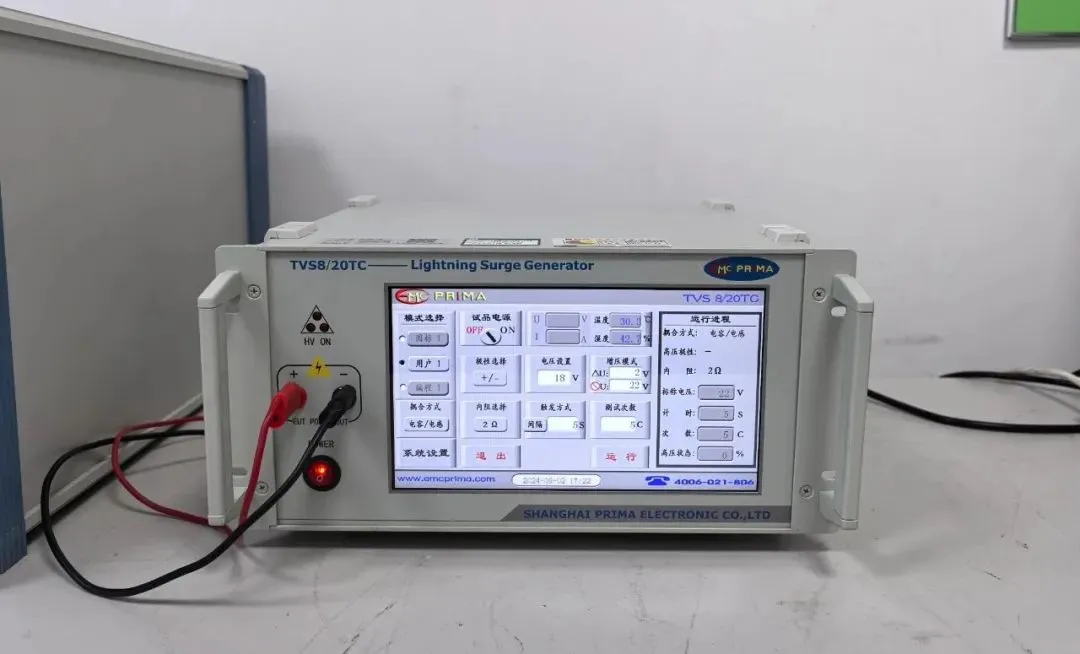 New METI Registration Regulations in Japan
New METI Registration Regulations in Japan
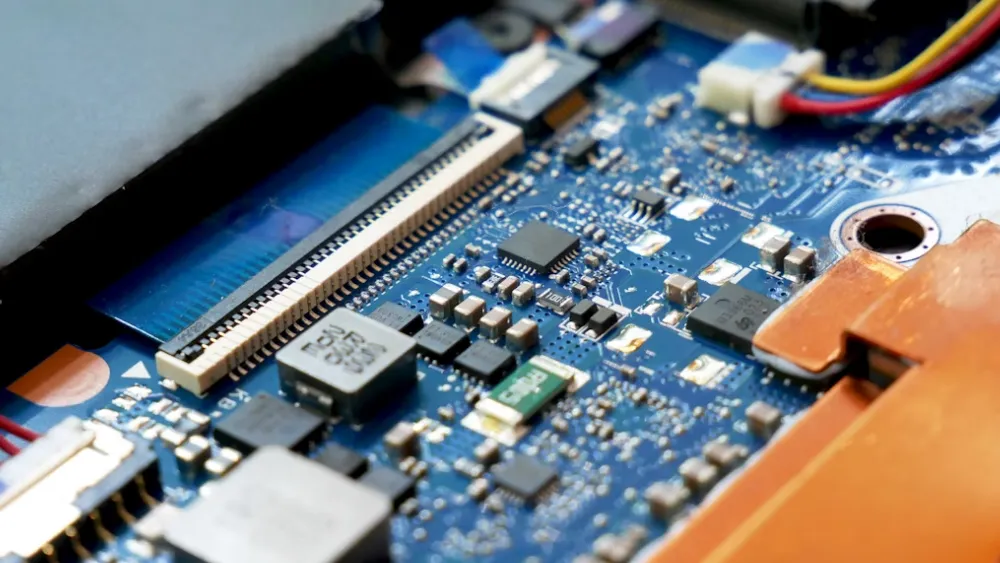 Attention for Amazon Japan Sellers: New PSE Regula
Attention for Amazon Japan Sellers: New PSE Regula
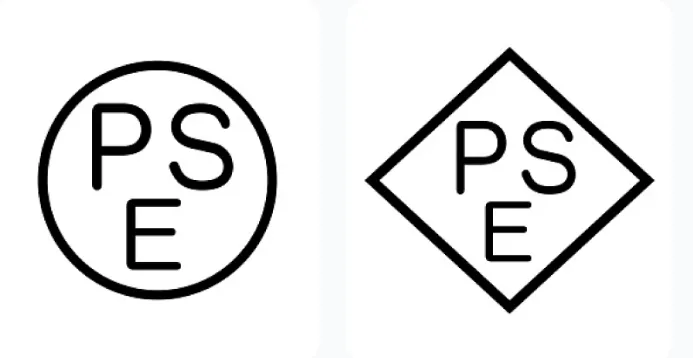 Compliance with Japanese Representative & METI
Compliance with Japanese Representative & METI
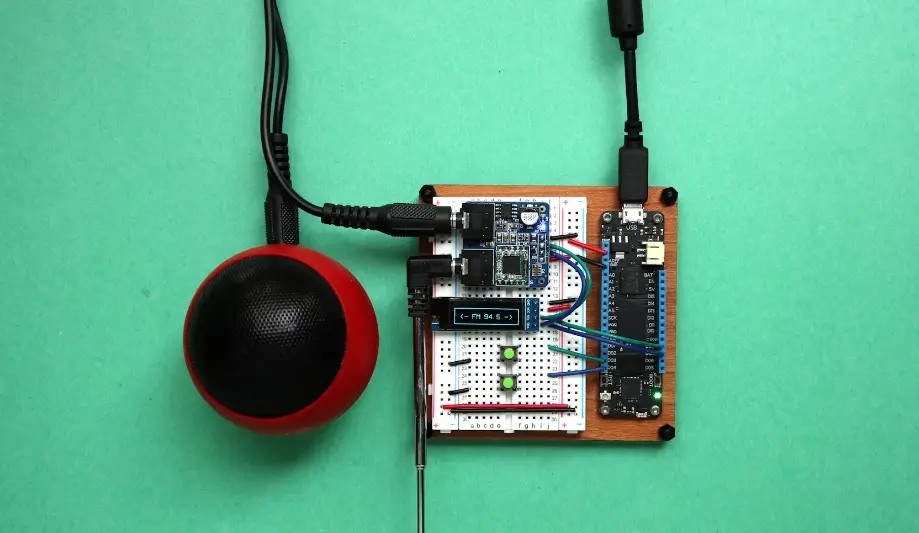 ZigBee-LoRa-Z-Wave Product compliance testing
ZigBee-LoRa-Z-Wave Product compliance testing
 Compliance Testing for FM/AM/DAB/DMB Broadcast Rec
Compliance Testing for FM/AM/DAB/DMB Broadcast Rec
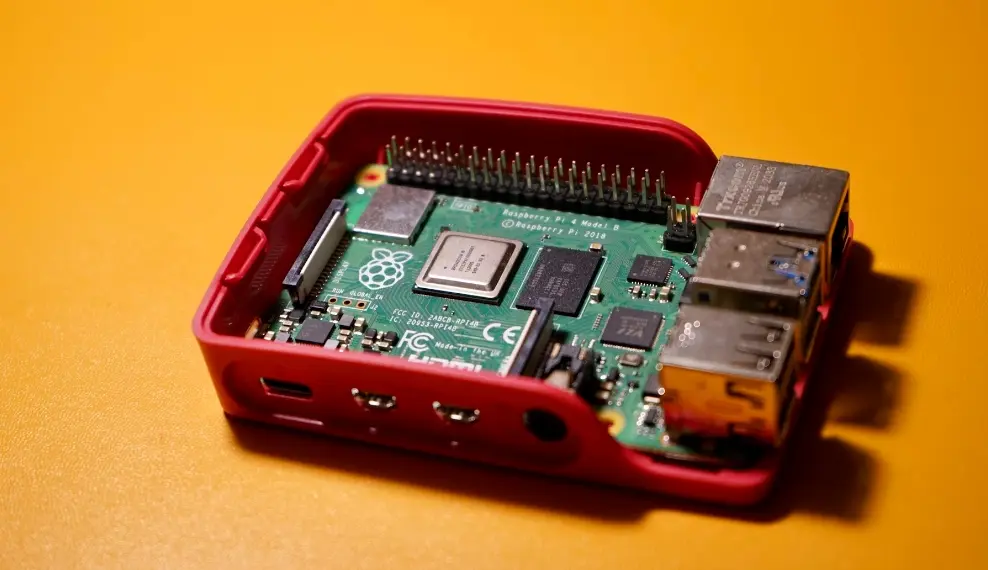 NFC/RFID Product Compliance Testing
NFC/RFID Product Compliance Testing
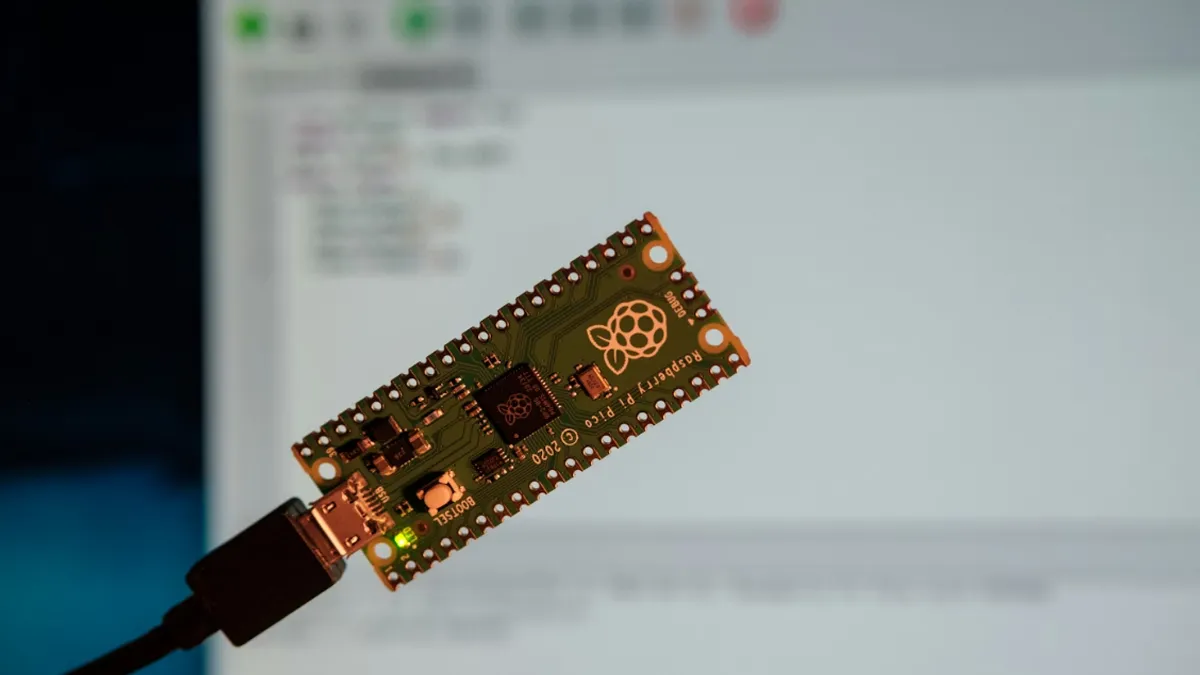 IEC 62368 Safety Standards Test Items and Requirem
IEC 62368 Safety Standards Test Items and Requirem
 How to Obtain EU EN 62368 Compliance Certification
How to Obtain EU EN 62368 Compliance Certification
Leave us a message
24-hour online customer service at any time to respond, so that you worry!




